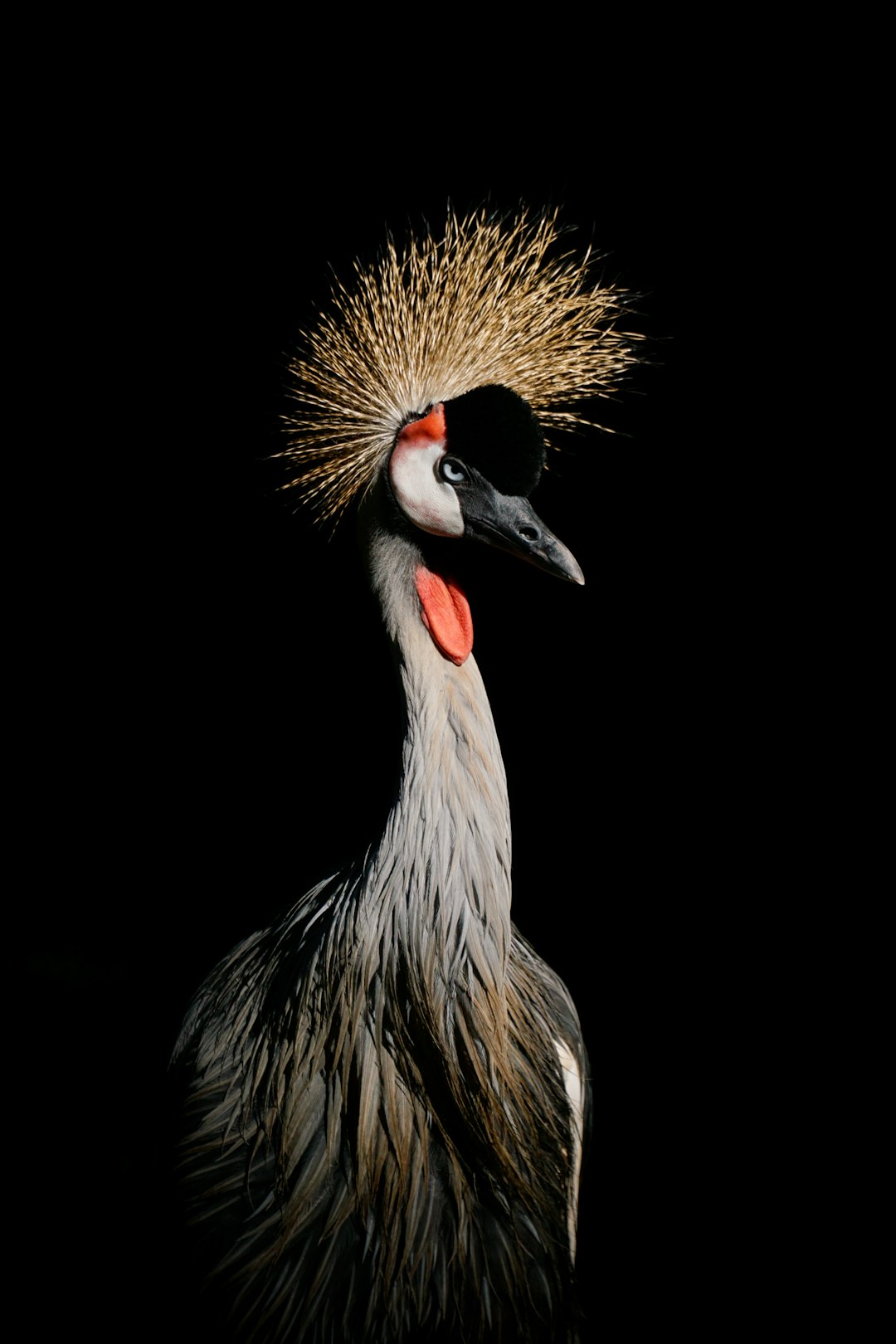From Puppies to Primates: The Science Behind the Human Love for Baby Animals
It’s no secret that humans have a natural affinity for baby animals. Whether it’s a playful puppy or a curious primate, our hearts melt at the sight of these adorable creatures. But have you ever wondered why we have such a strong emotional connection to them? The answer lies in the complex interplay of both biology and psychology.
One of the main factors that fuel our love for baby animals is their physical appearance. Baby animals often possess a set of physical features that we find irresistibly cute. For instance, they have proportionally larger heads, bigger eyes, and shorter snouts compared to their adult counterparts. These features trigger what is known as the “baby schema” or “kinderschema”, an innate and automatic response in humans that elicits caretaking behavior.
The baby schema is derived from the fact that baby animals resemble human infants in their physical traits. Evolutionarily speaking, this trigger ensures that we are biologically wired to care for our own offspring. When we see a baby animal with a similar appearance, our brain activates these caregiving behaviors, releasing oxytocin, commonly known as the “love hormone”. Oxytocin is responsible for generating feelings of love, trust, and bonding, further deepening our emotional connection to these adorable creatures.
However, it’s not just their physical appearance that captivates us. Our bond with baby animals is also influenced by their behaviors. Baby animals are inherently playful, curious, and non-threatening. They engage in behaviors that evoke a sense of joy and wonder, encouraging us to interact with them. This bonding experience boosts our mood, reduces stress levels, and even increases levels of dopamine, a neurotransmitter associated with pleasure and reward.
The social aspect also plays a significant role in our love for baby animals. We are social beings, and baby animals tap into our innate desire for connection. When we see a baby animal, we often feel a deep sense of empathy and a desire to care for and protect it. This empathy stems from our ability to recognize and understand the vulnerability of these young creatures. The act of caring for a helpless baby animal kicks in our nurturing instincts and reinforces our social bonds.
Beyond biology, psychology also sheds light on our love for baby animals. The phenomenon known as anthropomorphism comes into play when we attribute human qualities and emotions to animals. We often project our own emotions onto baby animals, as their innocence and dependency elicit a protective and nurturing response. This allows us to form a deeper emotional connection with them, as we perceive them as relatable and deserving of our love and care.
Media and popular culture have also significantly contributed to the fascination with baby animals. From movies like “Finding Nemo” to viral videos of adorable puppies, our screens abound with heartwarming images of baby animals. This mass exposure to their cuteness amplifies our emotional response, further perpetuating our love for these creatures. They have become a source of comfort, entertainment, and companionship, especially during times of stress or isolation.
In conclusion, the human love for baby animals is a complex blend of biology and psychology. The baby schema, with its set of physical features, triggers our caregiving instincts and stimulates the release of oxytocin. Their playful and curious behaviors evoke joy and deepen our emotional connection. Moreover, our social nature and ability to empathize lead us to protect and care for these vulnerable creatures. As we anthropomorphize them, projecting our own emotions onto them, we form an even stronger bond. Ultimately, the irresistible cuteness of baby animals serves as a source of joy, comfort, and companionship in our lives.

